You can contact LEARNZ, part of CORE Education, at:
Postal Address:
PO Box 13 678,
Christchurch 8141,
New Zealand
<- Homepage: Waste not Wasted: The science of waste at Kate Valley
Kia ora tātou
Today we went right down into the landfill itself to take a closer look at organic waste. We were also able to compare examples of organic waste with inorganic waste. This comparison made me think about the value of landfills and the materials I buy and use.
Web conference
Like yesterday, we started the day with our web conference. It was another enjoyable and informative session. Students from Lepperton School and Morrinsville School were asking today’s questions. Go to the field trip Web Conferences page for a link to the recording.
What a load of old rubbish!
After the web conference we went down into the landfill with Ajay, CWS Environmental Engineer, to have a look at the appearance of waste after it has been buried for a few years. The first thing I noticed was that all the plastic items were still intact. The other thing I noticed was that some parts of the waste pile was very dark in colour. Ajay explained that this is organic waste in the process of decomposing.
Organic waste is anything that was once living or made from something that was living eg food, garden and lawn clippings, animals and animal waste, paper, cardboard and timber. Even cotton clothing or wool carpet is organic. Ajay calls these the ‘landfill friendly’ materials. They are friendly for two reasons:
On the other hand, there are what Ajay calls the ‘landfill unfriendly’ materials. This is the inorganic waste. Inorganic waste is basically the opposite of organic ie material that does not come from plants or animals, for example plastic and metal. This type of waste fills the landfill quicker than organic waste.
Bin audit
After chatting with AJ, we went to another part of the landfill. One of the trucks had just emptied its load for a bin audit. A bin audit is when someone checks to see what sort of waste is coming into the landfill. This happens a few times each week and was a good opportunity to check out what people are throwing away!
A bin audit can give an indication of how much inorganic versus organic waste there is. Knowing this can help the team to estimate landfill gas production levels. Bin audits can also indicate aspects of human activity. For example, when it is spring like it is now, there is often an increase in green waste because people are tidying up their gardens after winter. There is also an increase in building materials because the improved weather means more building is happening.
Take cover
Covering the waste with soil happens every day at Kate Valley Landfill. This is daily cover. Rangi explained that it helps stop rubbish blowing away. It also keeps out rats and seagulls and keeps in the smell. Intermediate cover happens when an area of the landfill will not receive waste for several months. This cover is thicker than the daily cover and seals the waste so that no gas can escape, and grass is sown to reduce erosion. Final cover is about a metre and a half thick and happens when an area of the landfill is complete. With grass growing on top and sheep grazing, you wouldn’t even know there was a landfill underneath you!
Gas extraction
For our final part of the day we found out how landfill gas extraction happens. There are gas wells dotted around the landfill. These wells go right into the waste and connect to large pipes. Ajay describes how this system draws out the methane. At the top of these gas wells the team can monitor gas volumes and change flow rates if needed. Watch the video for Ajay’s more detailed explanation of this process.
The ambassadors and I have learned some interesting things from day two of the field trip. I wonder what new and surprising learning you have had. Tomorrow we will take a closer look at what happens to the methane once it has been taken out of the landfill.
Talk to you all again tomorrow,
Andrew
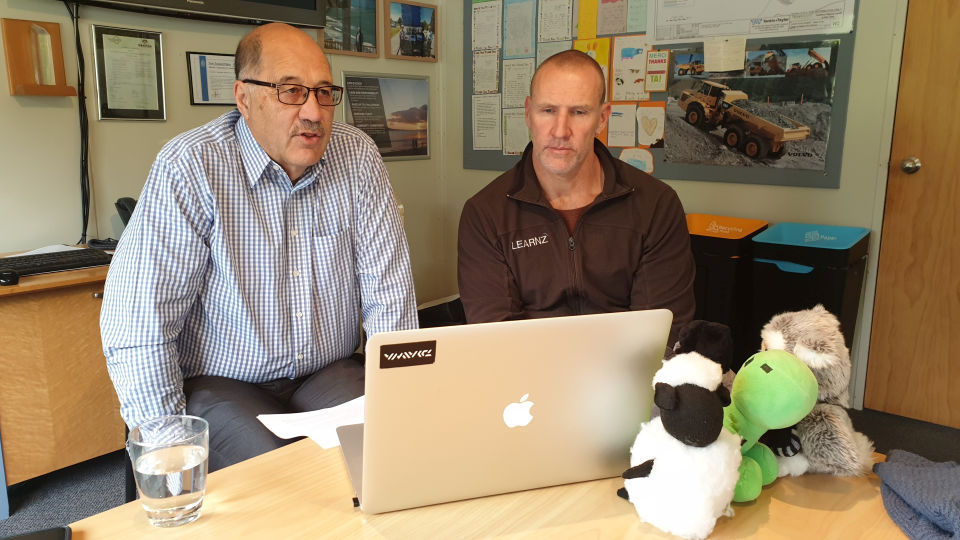
Andrew and the ambassadors listen as Rangi answers another question on this morning's web conference. Image: Shelley Hersey, LEARNZ.
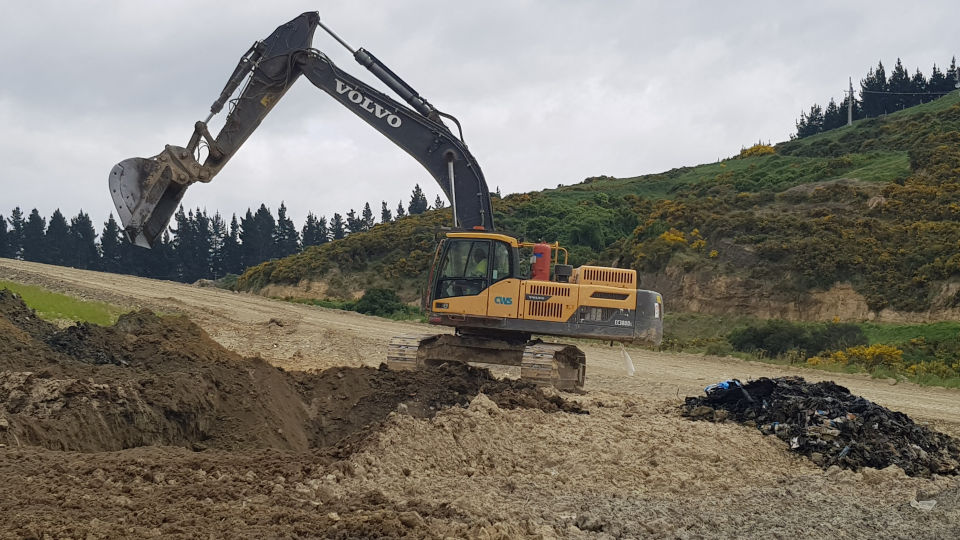
A digger unearths some waste for us to inspect. It has been sitting underground for about 10 years. Image: Andrew Penny, LEARNZ.
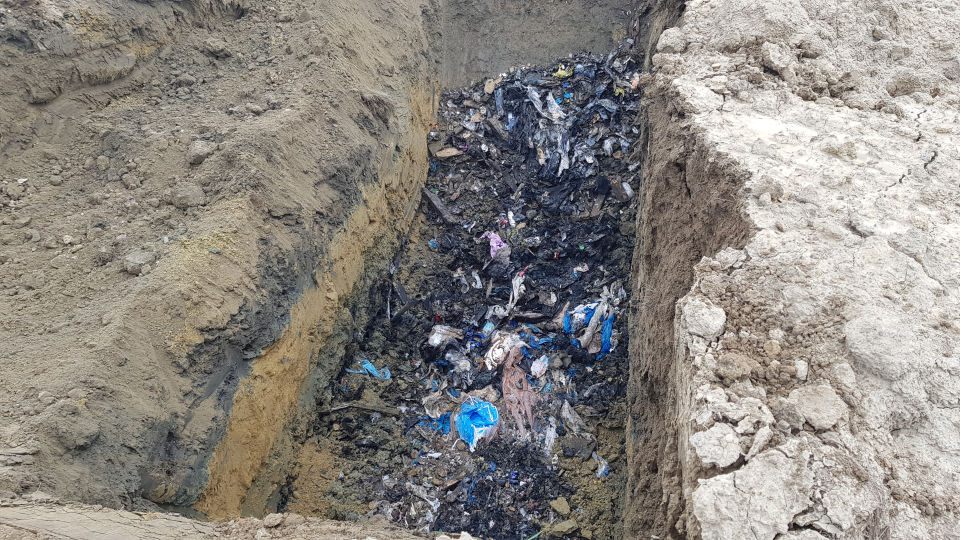
This is the trench left from the digger which gives you a good idea of the level of soil cover sitting on top. Do you think this is an intermediate cover or a final cover? Image: Andrew Penny, LEARNZ.
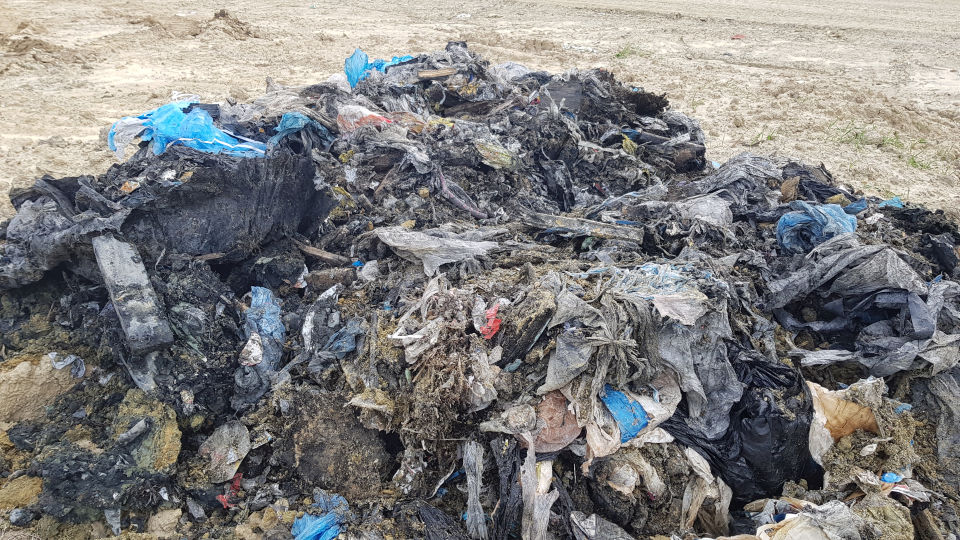
This is an example of waste after about 10 years. Can you identify the organic and inorganic waste? Image: Andrew Penny, LEARNZ.
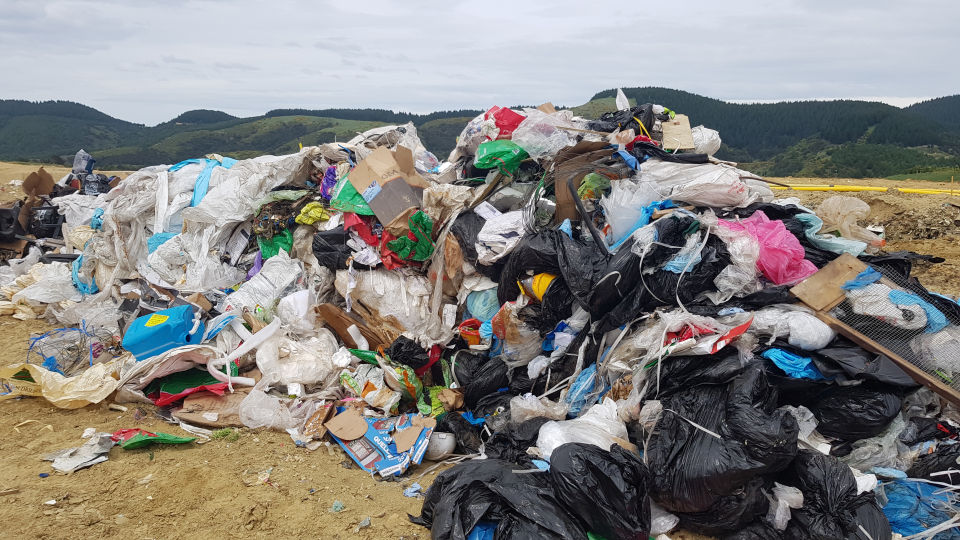
Here is a recently unloaded bin of waste. What are the main differences you can see compared with the previous image? Image: Andrew Penny, LEARNZ.
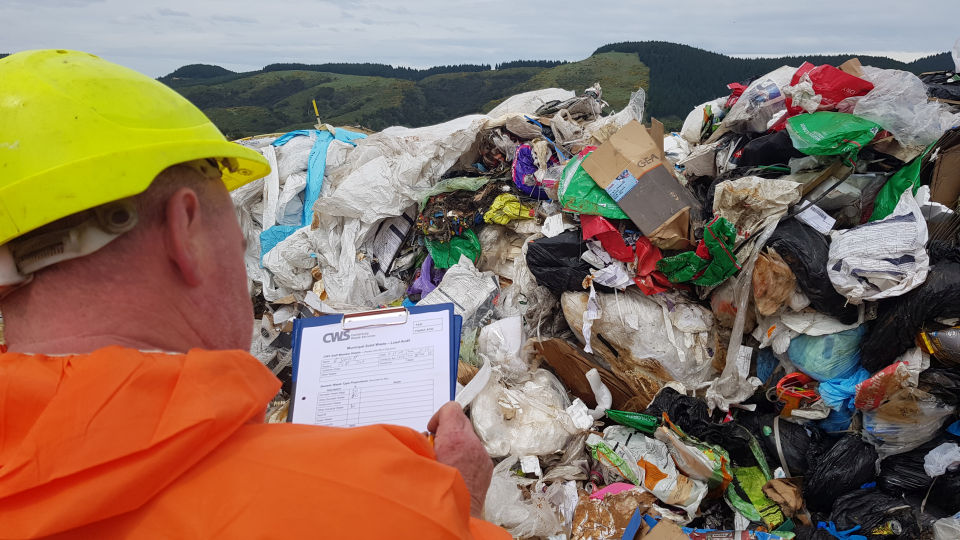
Bin audits happen on a regular basis. How does knowing what is coming into the landfill help? Image: Andrew Penny, LEARNZ.
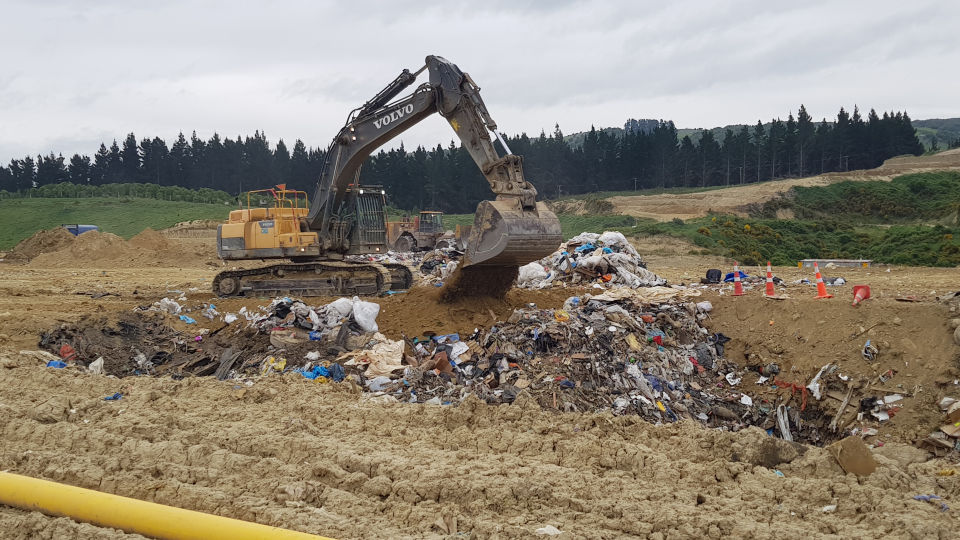
A digger works on daily soil cover on today's offloaded waste at Kate Valley. What is the benefit of daily cover? Image: Andrew Penny, LEARNZ.
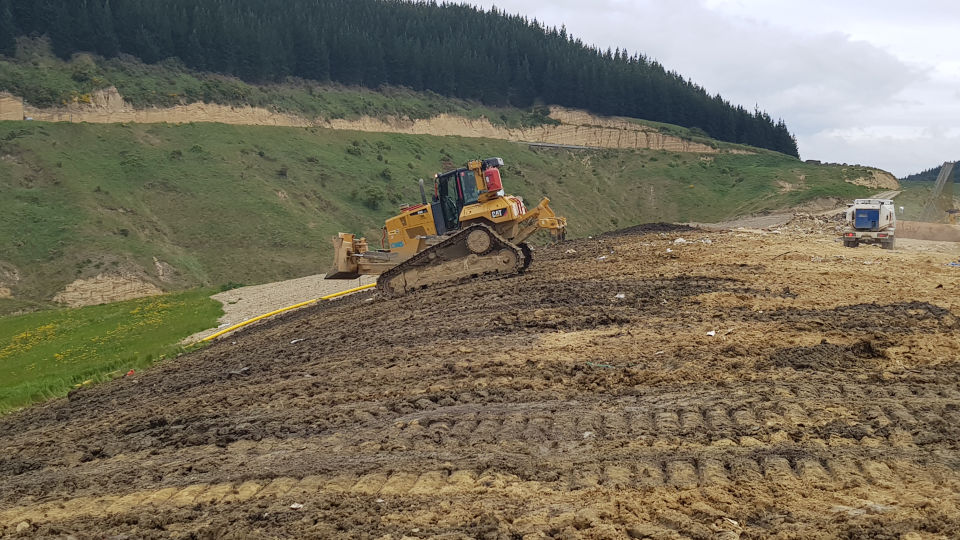
This bulldozer is finishing off some intermediate cover on an area of landfill that won't receive any waste for a while. Image: Andrew Penny, LEARNZ.
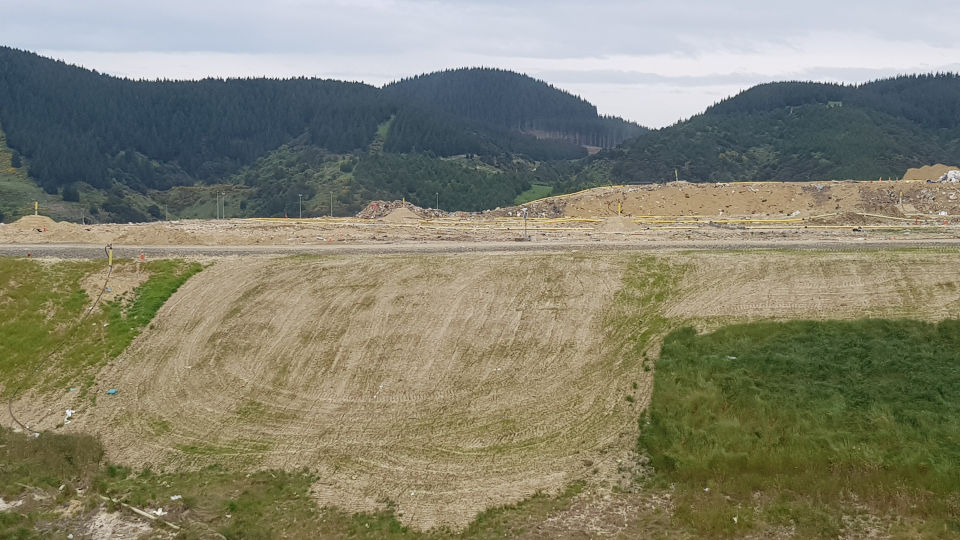
Once intermediate or final cover is complete, grass is sown on top. How might the grass help these areas? Image: Andrew Penny, LEARNZ.
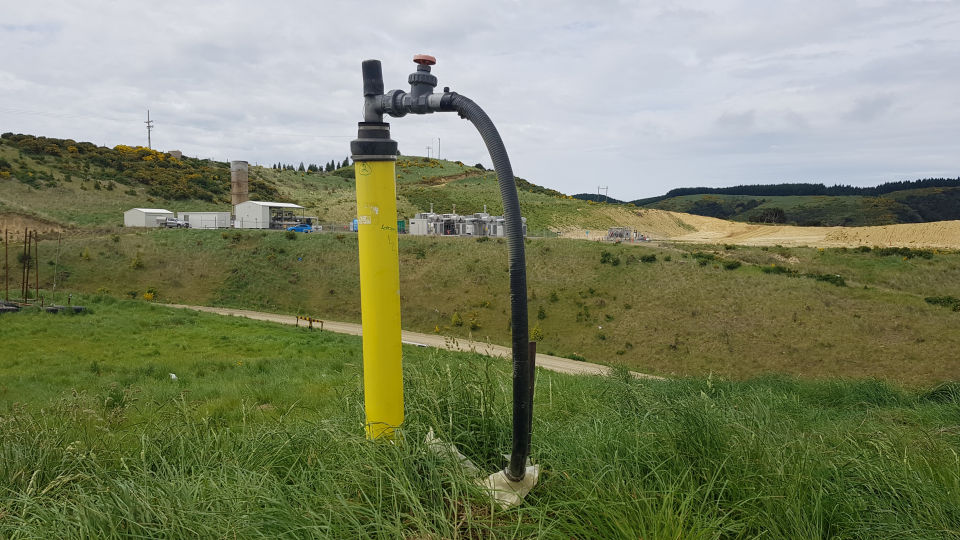
Gas wells around the landfill collect landfill gas. How is the gas produced? Image: Andrew Penny, LEARNZ.